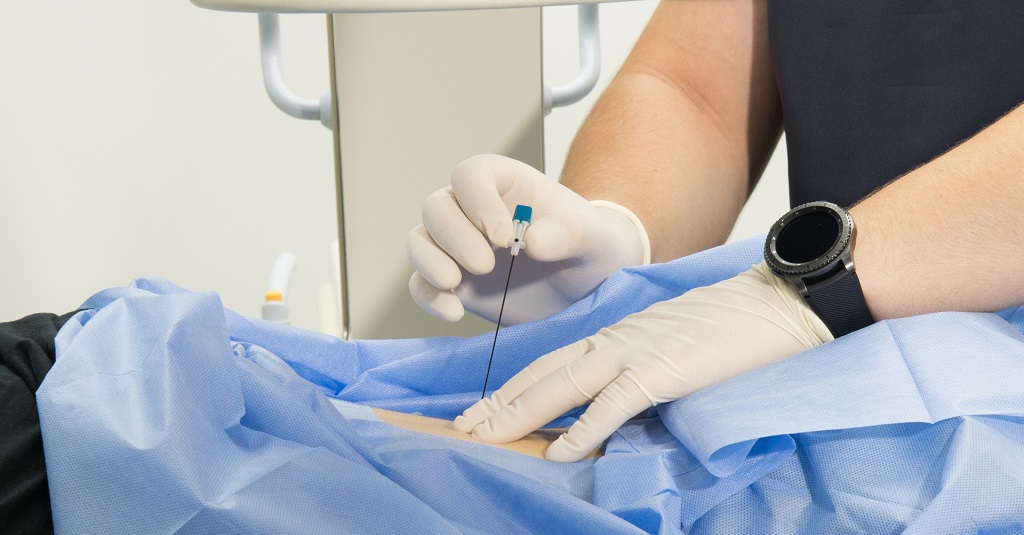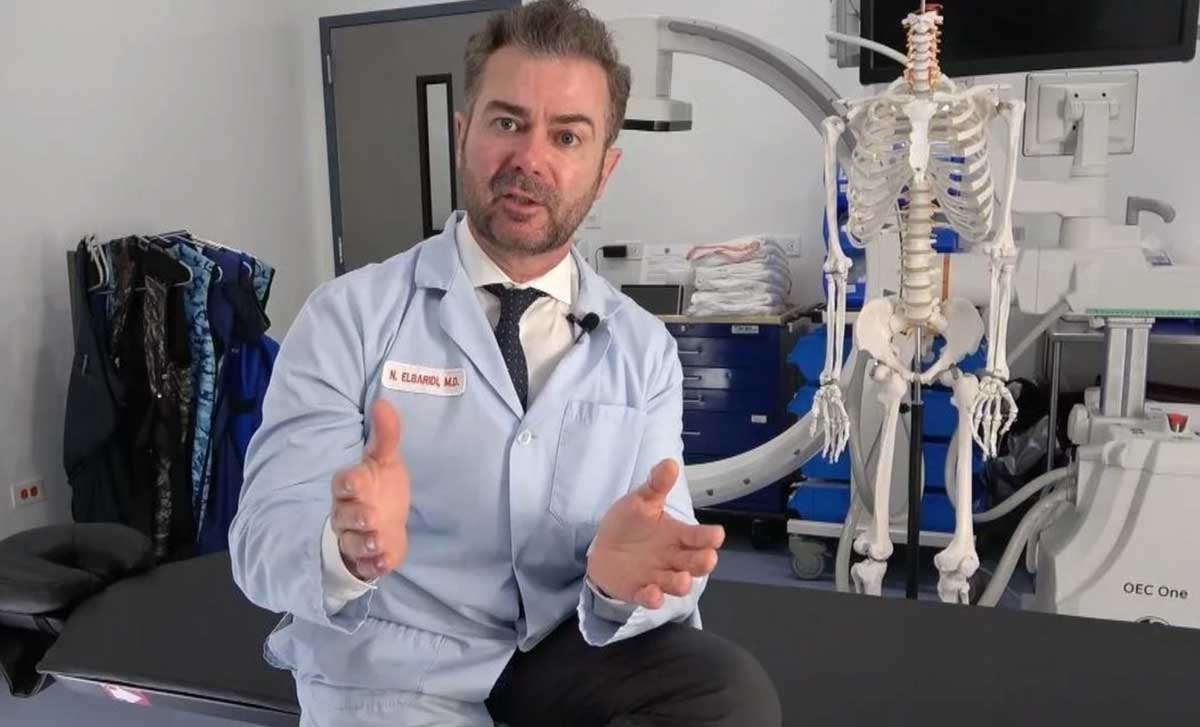Here you can cure pain from arthritis, migraines, injuries and varicose veins, beautify your face…

5 FAQs about nerve blocks
Imagine a solution to get rid of that persistent pain that causes you a lot of trouble and discomfort. Nerve blocks have become a significant aspect of treatment for many patients who suffer from severe pain.

What are nerve blocks?
A nerve block is a procedure that involves injecting a local anesthetic and/or corticosteroid into the affected nerve(s). They are known as ‘nerve blocks,’ since they prevent pain signals from reaching the brain. These injections of local anesthetic and steroids into the afflicted nerve’s location can help manage pain, inflammation and improve the function and quality of life.
How do nerve blocks?
During your consultation we will go over any information and imaging to help us figure out where your source of pain is stemming from. Specific nerves or groups of nerves suspected of causing pain are numbed using diagnostic nerve blocks. Doctors can identify whether this area is the cause of pain by injecting an anesthetic into the area of discomfort. We will determine the source of the problem based on the patient’s assessment of how effective the anesthetic is at alleviating pain. The medications that are injected include local anesthetics, steroids, and opioids.
Therapeutic nerve blocks give temporary pain relief and prevent recurrence of pain in the same area of the body. A local anesthetic block can be used to relieve acute discomfort. Nerves become more sensitive as a result of pain and damage. Blocks can give substantial pain relief in a short period, promoting sensory pathway desensitization. A therapeutic nerve block takes just a few minutes to provide pain relief, but they are only a temporary fix usually lasting one or two weeks and then wear off being absorbed by your body. Some individuals require several nerve blocks before experiencing long-term relief.
Is there are a reason to fear the procedure?
A nerve blocks is a quick and painless procedure that takes 20-30 minutes. In some instances, it is done under local anesthesia or IV sedation, reducing the need for inpatient admission and extensive postoperative recovery. Individuals remain awake throughout the duration of the procedure in order to report any unexpected increases in discomfort. Only two injections are required for the full procedure.

It only takes about half an hour to fully recover from the treatment, and then you will be dismissed to go home. A little stiffness at the nerve block injection site is typical, and it will go away in a few days.
What do outcomes look like?
The main objective is to reduce your pain, whether that involves learning more about your pain and choosing a suitable treatment or treating the pain directly with the nerve block. Many people see improvements in other areas as well.
Will the pain come back?
If the procedure is successful in relieving pain, it may be repeated for the individual if the chronic pain starts re-emerging. This treatment is not harmful, therefore it may be repeated many times during one’s lifetime, although specialists believe that it should not be done more than three times per year with steroids.
In most cases if a patient has successful diagnostic blocks, a radiofrequency ablation is the next step, which provides longer lasting relief for around 6-12 months. A radiofrequency ablation is a minimally invasive, nonsurgical treatment for pain which is done by “heating” the nerve, which reduces the ability of nerves to transmit pain to the brain signals.
Dr. Nidal Elbaridi, a pain management specialist, provides insight for individuals considering nerve blocks and ultimately assists you in determining the best procedure for your pain.
If you’d like to learn more about this effective pain relief method, schedule an appointment by using the online form or calling our office.



